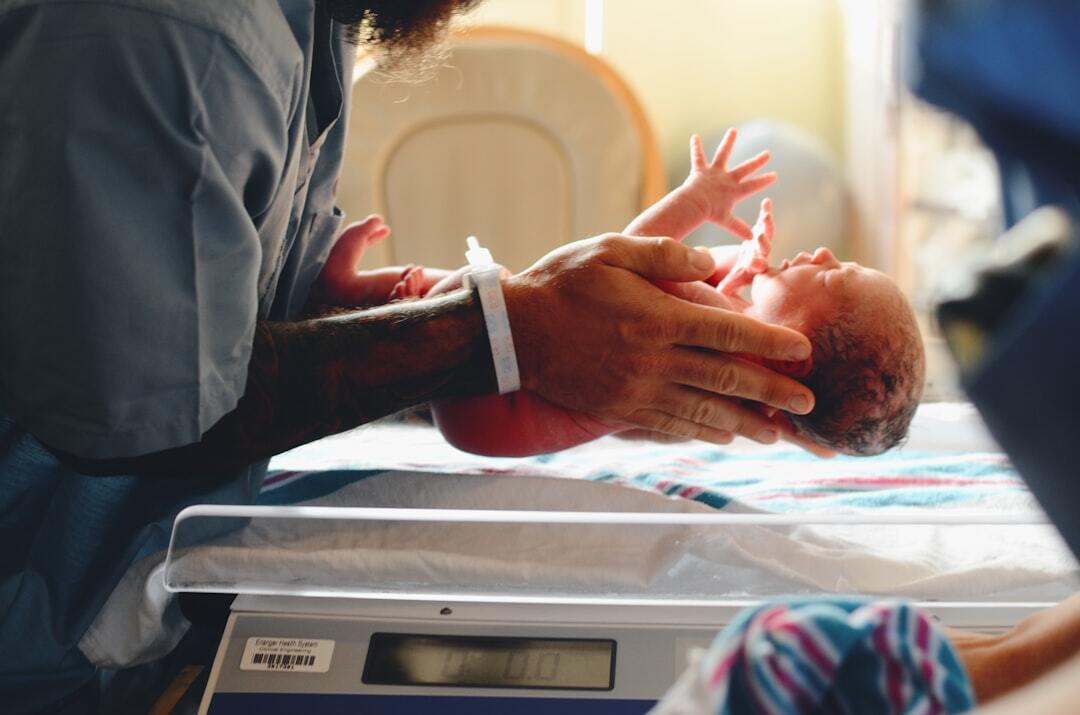Young people increasingly getting news from social media influencers

Approximately 37% of people under 30 get their news exclusively from social media influencers. Photo by Ave Cavlar via Unsplash
What you might already know: Increasingly, young Americans are getting their news from fellow users on TikTok, Instagram or X (formerly Twitter), in bite-sized posts or less-than-a-minute videos from popular news influencers, most of whom have no journalism training or backgrounds. According to Pew Research Center, roughly 21% of Americans — and around 37% of those under 30 — report regularly getting their news from social media outlets. Those who do get their news from social media largely report that it gives them a better understanding of civic issues and current events. “On the positive side, people are really engaged,” said Ellen Pack, president of Common Sense Media.
Why? More often than not, these “news influencers” as Pew calls them are not journalists, with 77% having no affiliation or background with a news organization. The problem this often creates is the “blending of news and opinion,” said Pack. Of course, this is a model cable news has been doing for years. But the virality of social media means when someone presents something as accurate and seems credible, misinformation can spread rapidly with few checks on its influence. The ease of access that these platforms provide to large audiences, blended with the algorithms that reward engagement and the near-impossibility of fact-checking efforts at scale, often sends people down rabbit holes and into echo chambers, she said. “The challenge with social media is that it’s all mashed together and coming at you,” Pack said. “The lines between news and opinions get very blurry.”
What it means: Because these news influencers aren’t necessarily held to the same journalistic standards as news organizations, these blurred lines have left the onus of fact checking, independent research and digital media literacy on the viewers themselves, something that’s often “cognitively taxing work” that many simply neglect, said Pack. “What you see is a shift in responsibility,” she said. “Increasingly, the burden is on the consumer.”
What happens now: Efforts to demand that platforms get a grip on misinformation often receive criticism and pushback, such as the case with Australia recently withdrawing a bill that would have required platforms to keep records about misinformation and disinformation. And even though many platforms have fact-checking efforts, things often slip through the cracks when trying to regulate it “at the influencer level,” said Pack. Though platforms could fix this problem by creating algorithms that discourage misinformation, individuals, parents and educators increasingly need to learn and teach on how to discern real from fake, Pack said. “It’s not that teaching critical thinking is hard, but it’s actually getting the time and space to get through to people.”
— Story by Contributing Writer Nat Rubio-Licht


